It doesn’t have quite the ring of Ford v Ferrari, but it is becoming a real rivalry. To understand how it got started, and why one currently has the upper hand, here is my encapsulated history of two very important cars from the same manufacturer and in approximately the same time period.
But before I start, a quick disclaimer: unlike you kids these days who need to continue to get off my lawn, I was there, as I worked for a dealership that sold “previously enjoyed” Daytonas and Dinos. I drove more than a few of them and, at 6’4″ and with a linebacker’s (read: big) build, the Dino and I don’t necessarily enjoy each other’s company on long drives. Which is my way of saying my view might be a bit skewed.

The Ferrari Daytona 365 GTB/4 is a front-engined V12, rear-wheel drive, two-seat sports car that was built from 1968 to 1973 as a coupé (1284 produced) and as a spider (365 GTS/4) from 1971 to 1973 (122 produced). Immensely popular as a performance sports car, they were also big in popular culture, with many appearing on contemporary television shows, such as Miami Vice (yeah, it was a fake; don’t care) and cinema, such as The Gumball Rally (“What’s behind me is not important”). It’s also important to note that the Daytona was built in significantly larger quantities than its front-engine, V12 predecessors, such as the 330 GTC (598 coupes) and the 365 GTC (168 total built).
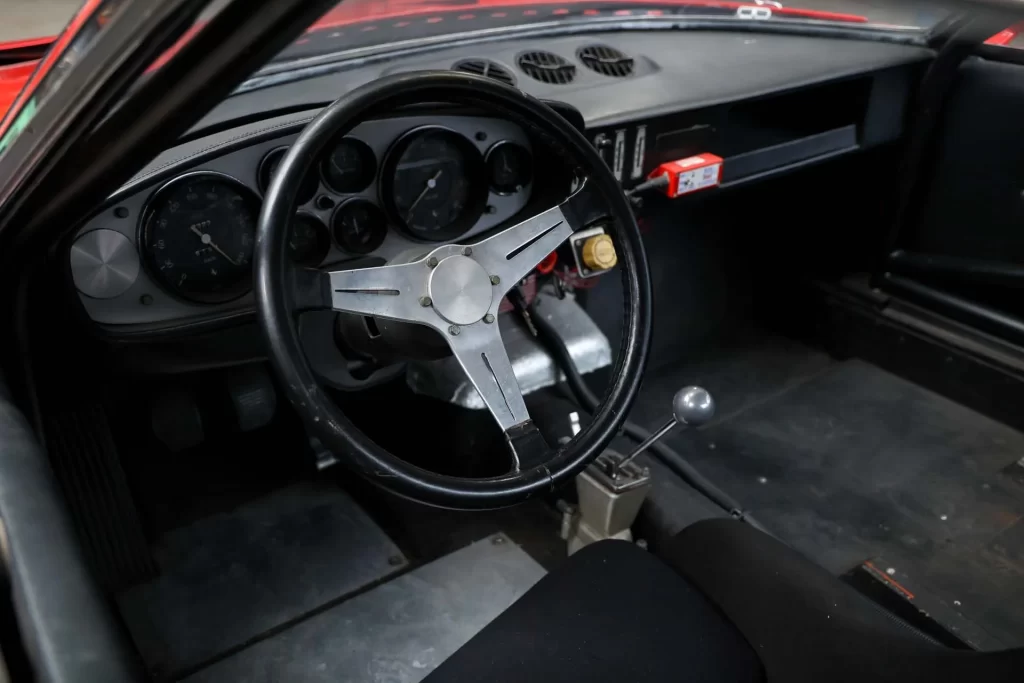
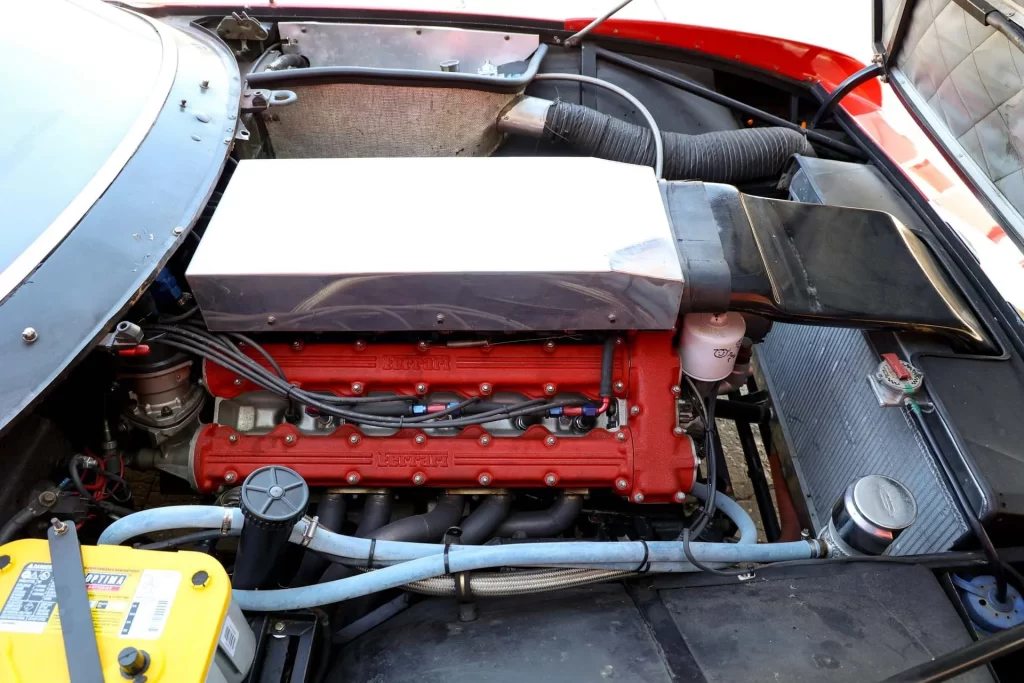
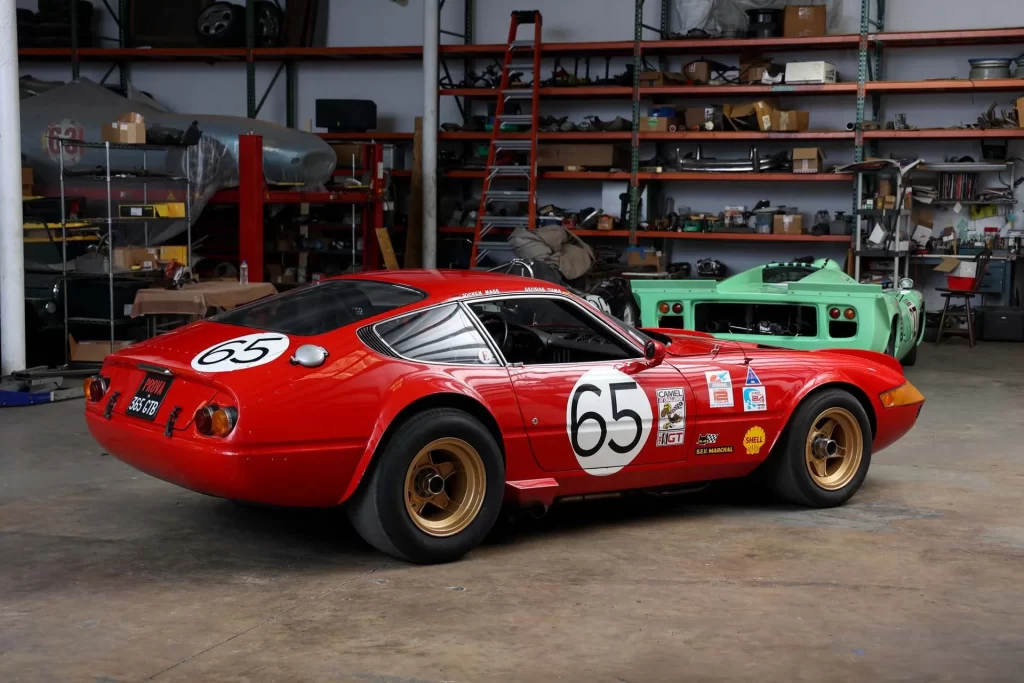
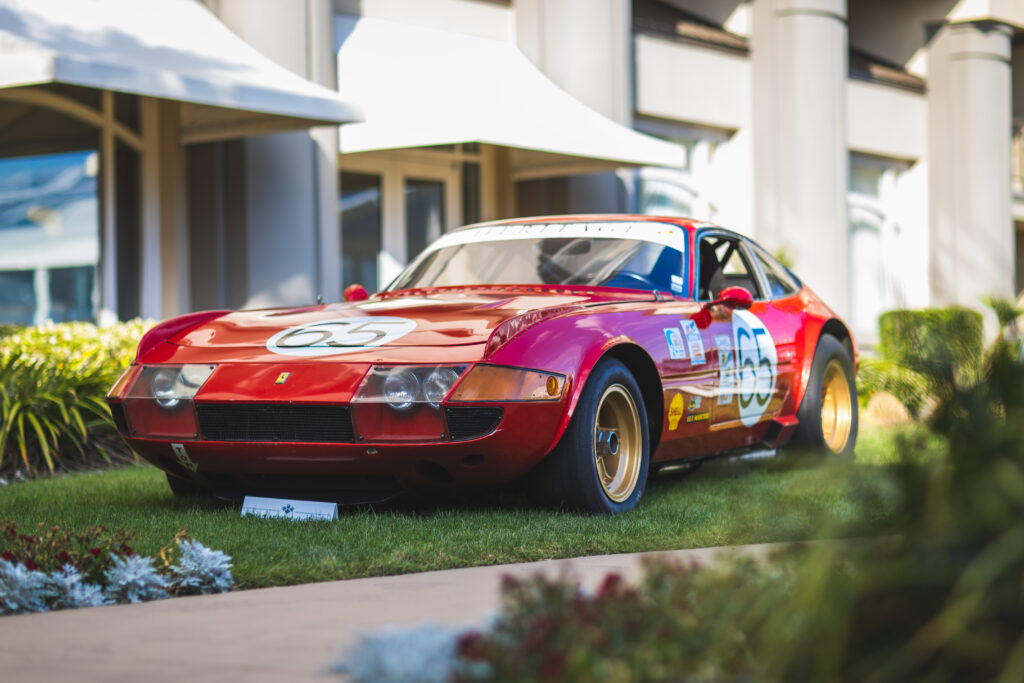
The 206 Dino GT (note that Dino was a sub-brand of Ferrari… until it wasn’t) was a mid/transverse-engined-V6, two-seat sports car. The 206 Dino started life in 1967 and was built as a 2.0-litre car until 1969 (152 produced). In 1969 the 2.4-litre version became available, known as the 246 Dino GT. Produced until 1974, the 246 was available first only as a coupé. Later in production, a targa-style spider was introduced, the 246 GTS. Production of 246s totaled 3569.
To recap: The Daytona is the bigger brother in almost every respect. Horsepower. Size. Sound. Rarity. So, the Daytona must be immensely more popular, and therefore, way more expensive, right?
Nope.
For all of their lives, these factory colleagues have been sought-after, desirable models. The Daytona was always more expensive than the Dino; however, in recent years, the balance has been shifting. Late last year, the 12-month trailing-average auction price for the 1967–69 Dino 206 surpassed that of the 1968–73 Daytona GTB/4. The recent auctions at Amelia Island put an exclamation point on the trend, with several Dinos selling for considerably greater sums than Daytonas.
What, exactly, is going on here? I don’t know for certain, but I do have some theories.
The Daytona was the final front-engined V12 car from Ferrari (until it wasn’t). The “full-sized” car that followed the Daytona was the BB – Berlinetta (coupé), Boxer (horizontally-opposed engine), whose engine was placed well behind the driver’s seat. After that came the Testarossa. (Editorial aside: the “experts” hated the Testarossa ... until they didn’t. For reference, please check any and every car enthusiast magazine of the 1990s through to about 2013.) The Testarossa also had an engine that followed the driver.
The Dino was unlike any other road-going Ferrari in lots of ways. Its styling was futuristic, it had a front and rear boot, and, as noted, it was made in high (for Ferrari and at the time) numbers. If the Ferrari cognoscenti of the day thought 1400 Daytonas an affront to exclusivity, 3721 Dinos was downright traumatic – if, indeed, the Dino were considered a “real” Ferrari. Many of the Ferrari folks of the day thought it wasn't.
The Dino was lithe and light, and although both the Daytona and Dino are “driver’s” cars, the size and tossability of the Dino makes it the clear winner for fun factor.
Did I mention that the heavier Daytona was not available with power steering? It’s worth noting that the successor to the Dino was the (until recently) largely unloved Dino 308 GT4 2+2, which was then succeeded by the very popular 308 GT and GTS. TV? Yeah, Magnum P.I.’s car.
In short, the Daytona was old-school, and the Dino was the new kid on the block.
Fifty years on, that old-school moniker now applies to both, yet the distinction still matters. Hagerty data shows that interest in both cars skews toward baby boomers and older generations, but the Dino, in my observation, has an edge among younger, more technically-savvy enthusiasts. I have a number of appraisal clients as well as friends who own both high-end collector Porsche 911–based cars as well as a Dino.
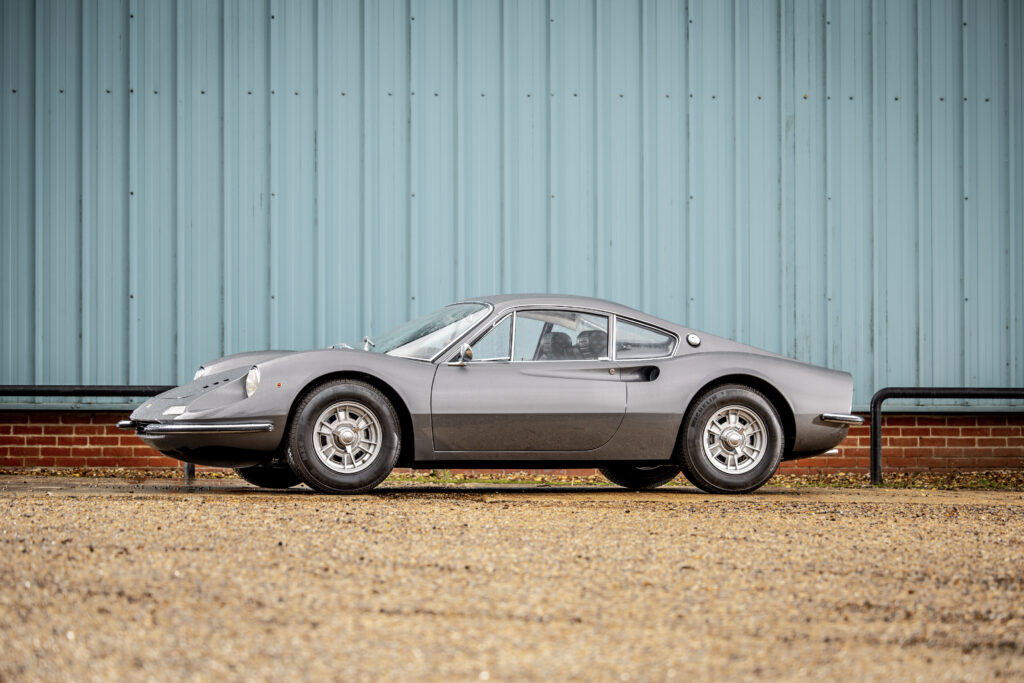
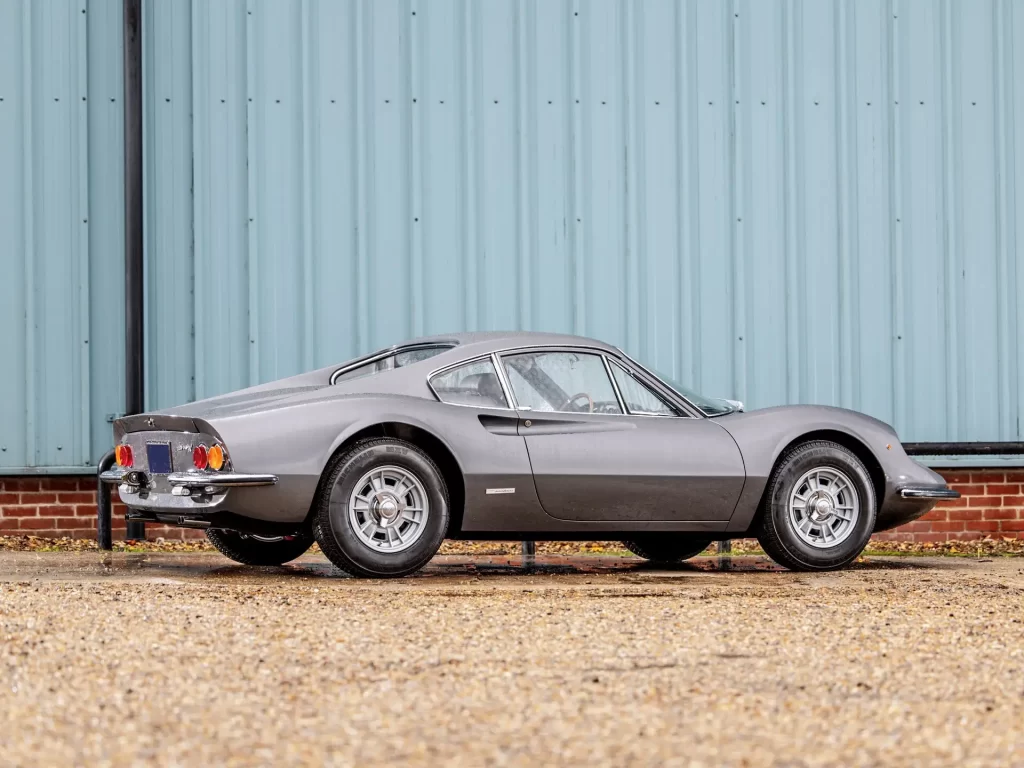
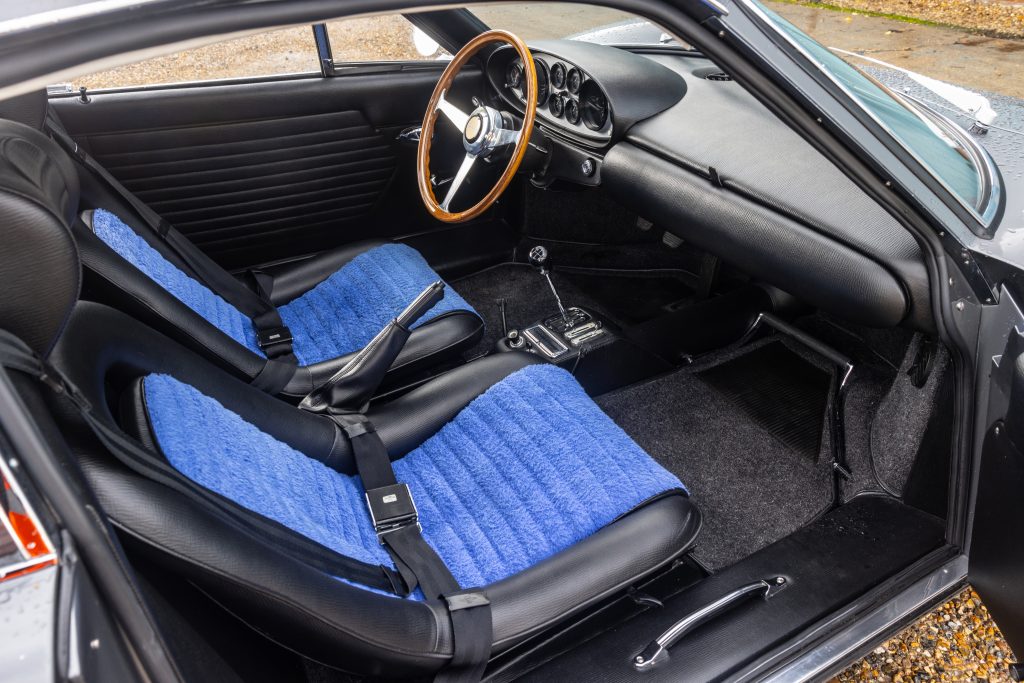
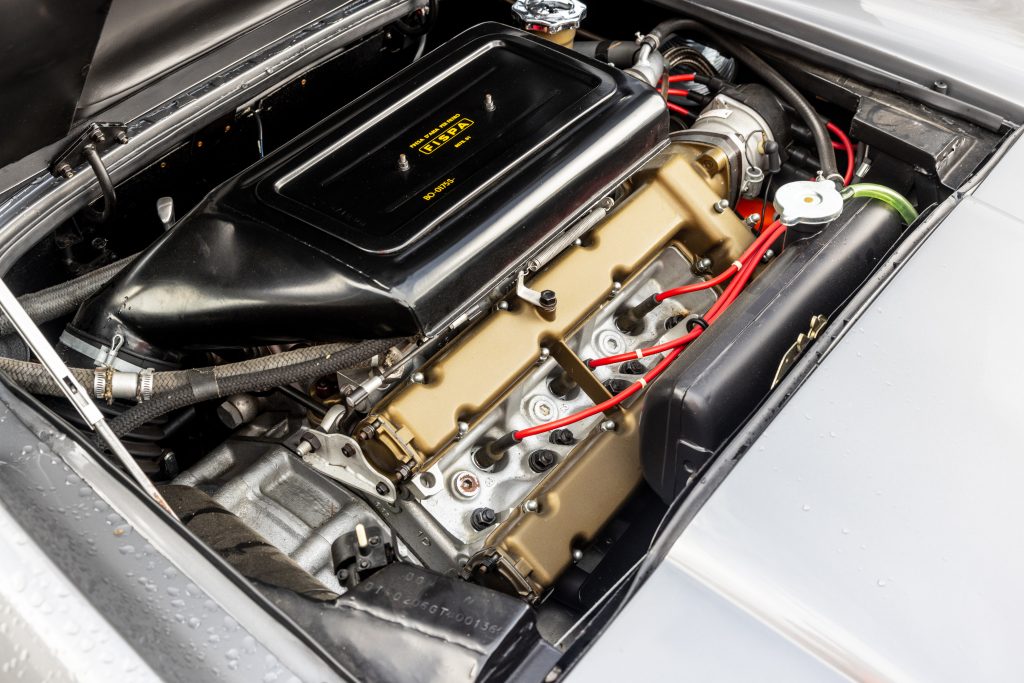
In contrast, the Daytona may sit in the tween-world of not quite vintage enough, not quite new enough. I own a 2005 612 Scaglietti, and, frankly, for me it scratches the itch that might have only been sated by an earlier model had Ferrari really stopped building front-engined V12 cars in the 1970s. That’s not to say the Daytona is going anywhere – I know two longtime Daytona owners who consider their cars an essential part of their collections.
Which would I buy as an investment? My crystal ball has an early Magneti Marelli starter on it, and the built-in voltage regulator is no longer available, so I will just have to take a guess. If you like rare, go for the less powerful but still awesome 206 Dino. If you have extra money left in your new and improved Silicon Valley Bank account, perhaps look at a Daytona spider – a factory-built car, not a later “cut” conversion.
The real answer is Dinos and Daytonas are apples and oranges. Chalk and cheese. The Dino is more fun to drive both slow and fast. The Daytona, even with added electric power steering, is better fast than slow. For personal reasons, including my XXL frame, I’d go for the Daytona. But remember, back in the same decade, I bought a Betamax. Ask your dad or grandad what that was. And stay off my lawn.
A UK perspective: Ferrari Dino vs Daytona
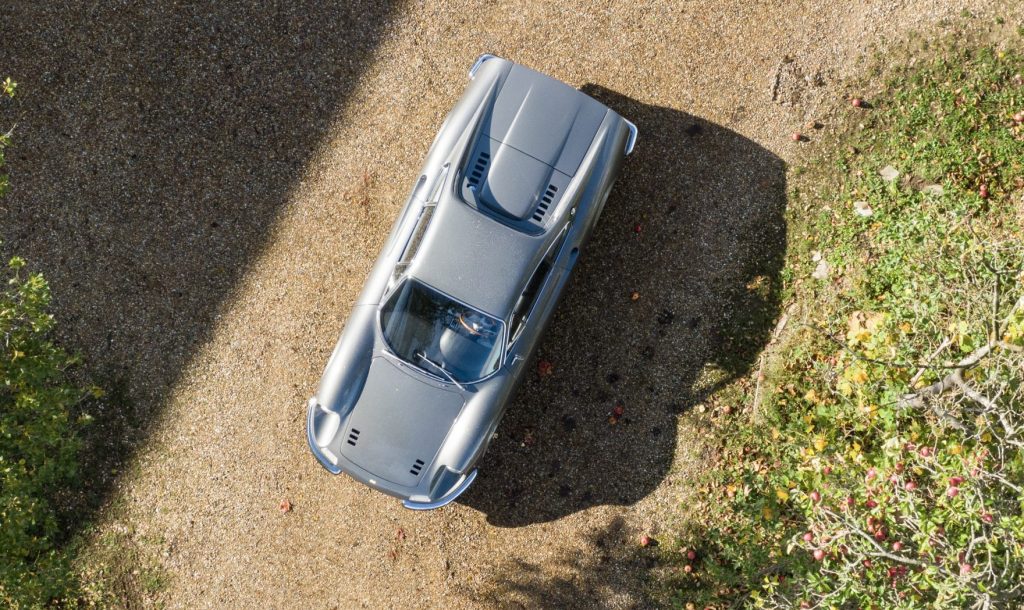
The rise in the 246 Dino coupé has been stark over the last few years, writes John Mayhead, Editor of the Hagerty UK Valuation Guide. Just pre-Covid, the UK Hagerty Price Guide gave the model an average value of £196,000 and today that has very nearly doubled to £391,000. On the other hand, average values for the 365 GTB/4 Daytona have slipped from £577,000 to £566,000, in the same period.
I think the trends will continue, with the 246 Dino continuing to rise and all but the most special Daytonas remaining flat in value.
I’ve known Dave Kinney for many years and respect his views, but this is one area where we differ in opinion. I don’t believe straight-out performance matters any more, as we all know that both of these cars would be out-driven by any half-decent modern hot hatchback. For me, the aesthetic is now the element that defines these cars as exceptional and on that basis the 246 wins hands down. Like the Mercedes-Benz 300SL Gullwing, the pre-’69 short wheelbase 911, the Maserati Bora/Merak, the Dino is a car whose sweeping lines look phenomenal at every angle, even at a standstill. It’s a ‘go-and-stare-at-it-in-the-garage’ car.
I was surprised that Hagerty's data showed that the Baby Boomer generation (born between 1946 and 1964) is still dominating Dino ownership. I grew up the 1980s, and while my poster cars were the Porsche 930 Turbo, the Testarossa and the 308, the Dino feels to me like it’s of ‘my’ era, whereas the Daytona with its fat tyres and lack of power steering doesn’t. If I were to buy a front-engine V12 Ferrari, I’d choose a 400 with a manual gearbox and probably still have enough money left for a half-decent 246 Dino.
Via Hagerty Insider
Check out the Hagerty Media homepage for daily news, features, interviews and buying guides, or better still, bookmark it. Or sign up for stories straight to your inbox, and subscribe to our newsletter.

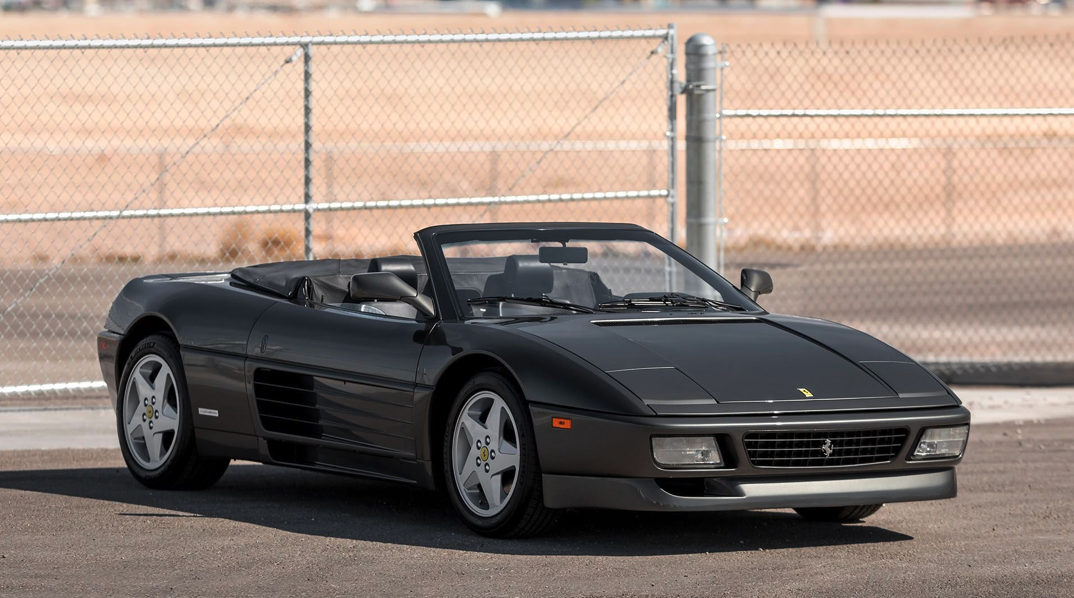

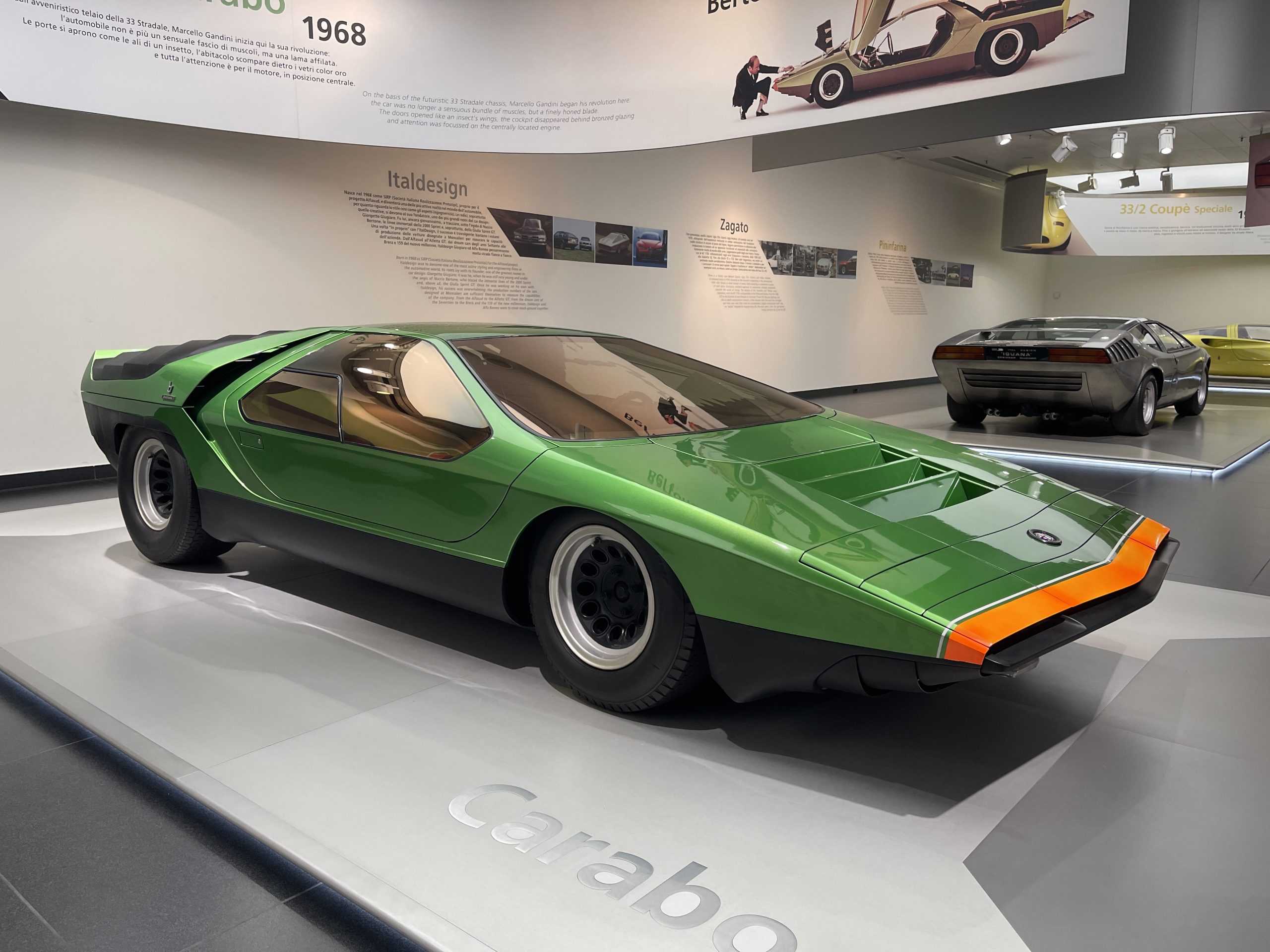






The Dino is utterly gorgeous to look at. That’s it. Game over. Same as the Muira. Ultimately that’s the decider ❤️
The Dino was comprehensively out gunned by most contemporary 911 models on every level……not least in the certainty in arriving where you were headed under your own power not on a tow truck. Sure the Dino looks great but even that is starting to fade a little?